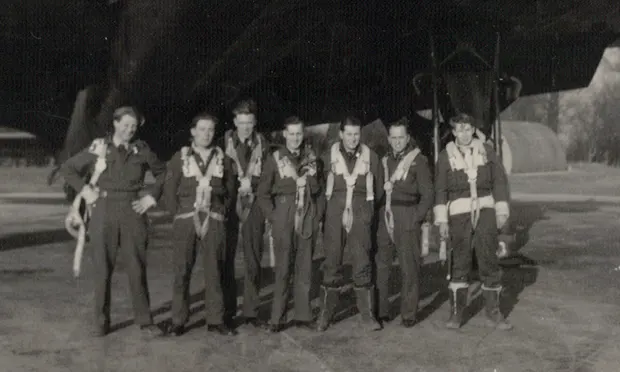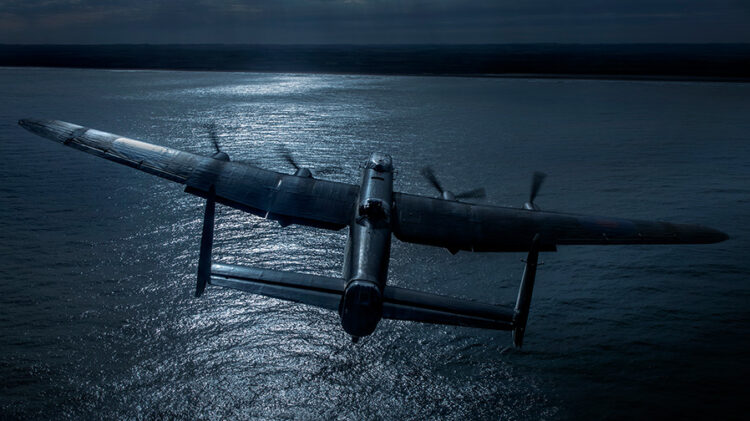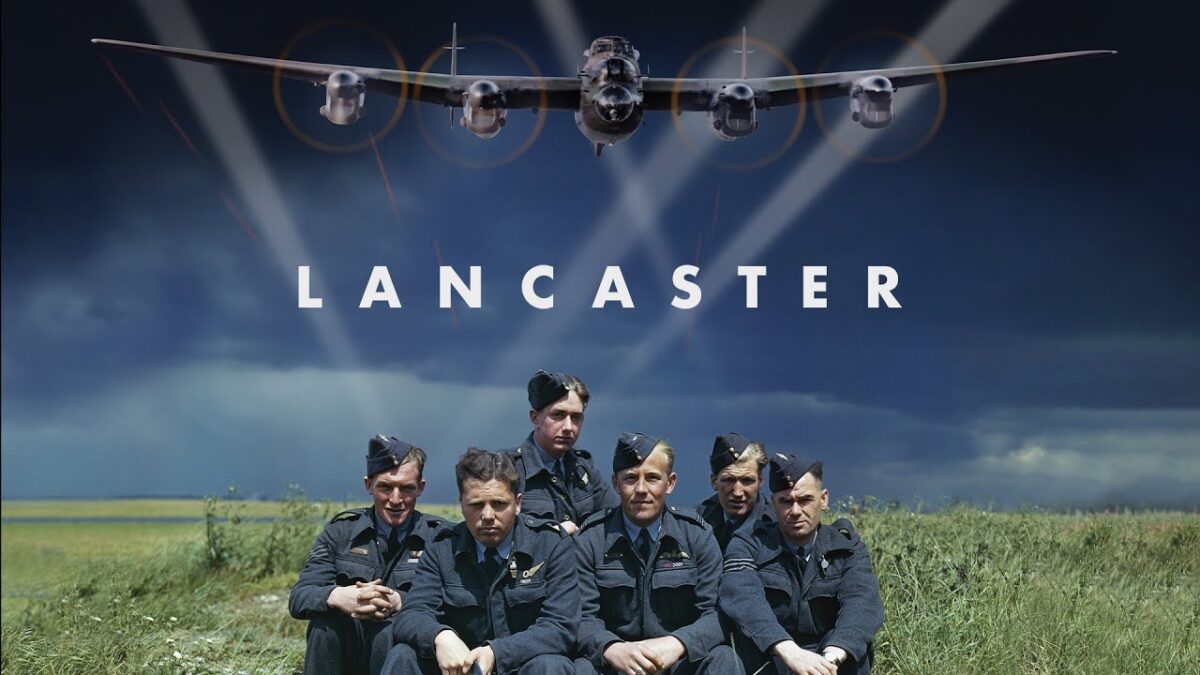The Lancaster heavy bomber was probably the most feared British airplane during World War II. Swift and responsive, this iconic aircraft bombed military and civilian targets in Nazi Germany, helping the Allies turn the tide of the war and defeat Adolf Hitler’s despicable Nazi regime.
Lancaster, a stirring documentary by David Fairhead and Anthony Palmer, pays tribute to its capabilities and contributions. Their film will be available on VOD platforms from November 8 onward.
Surviving crew members, all in their dotage, add to its impact by recalling their vivid experiences as pilots, navigators, radiomen and bombardiers.
Far deadlier than the Halifax and Liberator bombers, the Lancaster was powered by four 1,460-horsepower Merlin engines, had a wingspan of 31 meters, and was 21 meters long. Operated by a crew of seven, and capable of carrying a 6,350-bomb load, it could reach a speed of 450 kilometres per hour and a ceiling of 7,500 meters.
Consisting of 55,000 separate parts, the Lancaster went into production after Germany’s invasion of the Soviet Union on June 22, 1941. More than 7,000 were built. Designed to take the fight to Germany and relieve the German pressure on the Red Army, the Lancaster was part of Arthur Harris’ Bomber Command.

“It was a machine made for war,” marvels one of its pilots.
The Lancaster’s baptism of fire occurred in May 1942 during a massive Allied raid on Cologne. In the following year, the Lancaster was deployed in attacks on industrial targets in the Ruhr Valley, the most heavily defended region in Germany.
“You could see flak as you approached the target,” says a gunner. “You think to yourself, how the hell are we going to get through?”
These raids were extremely effective.
In legendary attacks immortalized in the British movie The Dambusters, Lancasters bombed several key dams that provided electricity for the Ruhr Valley.
Lancasters struck the port of Hamburg in July 1943, targeting shipyards and workers’ homes. Forty thousand civilians were killed and two million fled the city.
The Lancaster bombed the V-2 rocket plant in Peenemunde. Forty planes were downed and more than 200 crew members were lost. Reflecting on the casualties, a pilot says, “You never knew whether the guy you were drinking with would be there tomorrow.”
When Berlin was repeatedly bombed from 1943 onward, the Lancaster was always thrown into the mix.
In a raid on Nuremberg in March 1944, a Royal Air Force formation was ambushed by Junker and Messerschmidt airplanes. “We were sitting ducks,” says a crew member. Ninety six aircraft, including some Lancasters, were shot down. The raid was considered a failure.
As the film notes, Lancasters paved the way for the 1944 D-Day landings in Normandy and were utilized in the wake of that epic operation.
Toward the close of the war, 1,600 bombers, three-quarters of which were Lancasters, were assigned to bomb Dresden, a transportation hub and the site of munitions factories. A German woman who witnessed the bombing remembers the frightening sound of the approaching planes and the sky that went red at night. Twenty five thousand Germans were killed in that raid in February 1945.

“War is a dirty business, isn’t it?” observes a pilot who was there on that fateful night.
Stunned by the death toll, British Prime Minister Winston Churchill had second thoughts about the Dresden raid. Churchill’s position offended Lancaster crews. As one crew member says, “He sort of turned his back on us.”
A pilot, recalling the murder of six million Jews during the Holocaust, remains defiant, suggesting that Germany deserved such punishment from the air.
Bomber Command’s campaign against Germany was, on the whole, successful. But the price of victory was very painful. Sixty five thousand airmen were killed in action.
Lancaster recounts this facet of the war with lyrical power, though it tends to omit relevant operational information about various raids.
